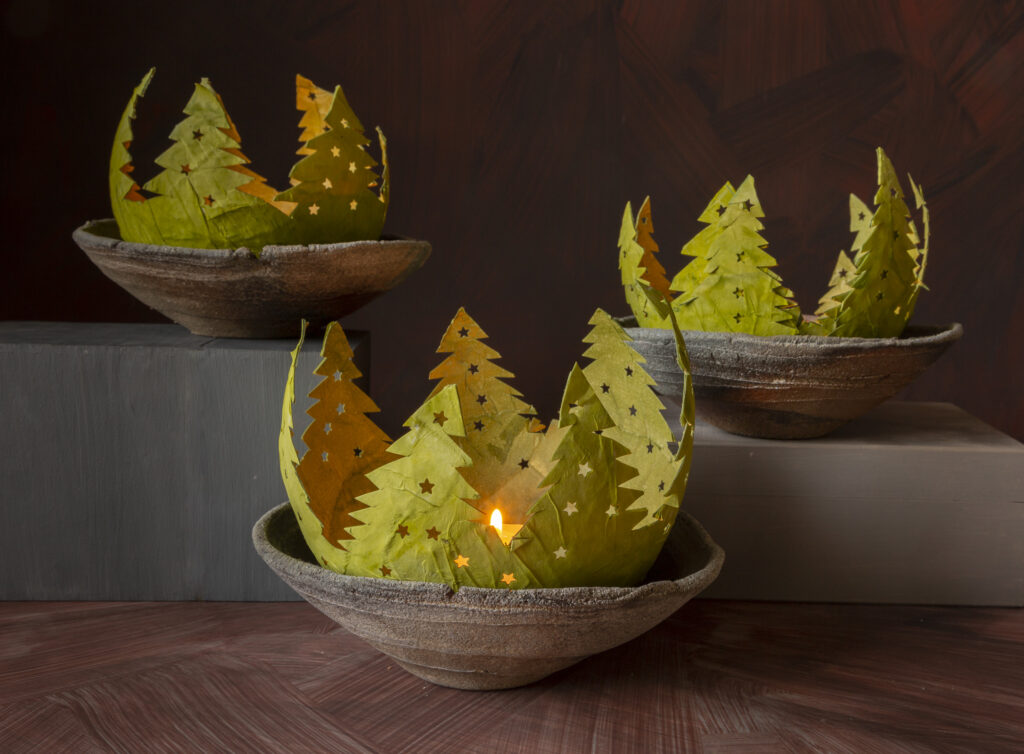I walked through the trees this afternoon looking for nests in the bare branches. For understanding the vulnerability I was feeling I wanted to find clues in the twigs nestled and woven in-between branches. I found a nest high up in a forsythia bush mostly made of broken twigs, but also a few pieces of brown tarp. The mix of natural and human ingredients raises questions about how I have come to make my nest in Virginia.
I have collected bird’s nests for many years because I find their construction inspirational. The use of found materials whether it’s horsehair, newsprint, or blue tarp continue to fascinate. No matter if it is moss or twigs the collage instructs me about the structure of my life. I love this house and the pandemic has driven it home more clearly how my intuition and Warren’s engineering have been woven together to make a life.
For so many years I felt lucky to have the fixed orb of my parents’ loft in New York City, a nest where I could land at a moments notice. Omen was so close, only a block away. I could arrive like a bird and settle down into the protective artistic shelter of my parents soulful home. I could walk a couple of blocks and dip into the contrasting heartbeat of city life.
My father liked to go out to lunch once or twice a week by himself when my mom was busy doing her own thing. For many years he liked to go to Elephant and Castle, a restaurant close-by on Prince Street. Mikio also liked to eat there at mid-day. They would sit at either end of the restaurant at their own tables, but trade off buying lunch for each other. My dad and Mikio were very different birds but had a great appreciation for each other.

“The old books on birds that lined my childhood shelves described nests as ‘bird homes’. This confused me. How could a nest be a home? Back then I thought of homes as fixed, eternal, dependable refuges. Nests were not like that: they were seasonal secrets to be used and abandoned. But then, birds challenged my understanding of the nature of home in so many ways. Some spent the year at sea, or entirely in the air, and felt earth or rock beneath their feet only to make nests and lay eggs that tied them to land. This was all a deeper mystery. It was a story about the way lives should go that was somehow like – but not anything like – the one I’d been handed as a child. You grow up, you get married, you get a house, you have children. I didn’t know where birds fitted into all this. I didn’t know where I did. It was a narrative that even then gave me pause.”
–Helen Macdonald from Helen Macdonald: the forbidden wonder of birds’ nests and eggs, The Guardian, September 2017
4 replies on “#20 decembrance 2021”
Catherine, your interest in nests prompted me to open my 1963 second edition of George J. Wallace’s book entitled “An Introduction to Ornithology.” Chapter 9 of his book devotes 32 pages to “The Annual Cycle: Nests, Eggs, Incubation and Hatching.” Fourteen initial pages are solely devoted to nests, including overview, types of nest structures, and nest building.
In the first paragraph he states, “The location of a nest site and construction of a nest, or recepticle for housing the eggs, is ususally the first major enterprise of newly mated birds. Typically the nest site is selected by the female on the territory defended by the male, but there are numerous exceptions.”
He goes on to describe, “Nest situations have many possible locations, from burrows in the ground, to elaborate tree structures. They may be on any type of ground, surface, in herbaceous or shrubby plants, in a great variety of tree situations, in banks and caves, floating on or suspended over water, and in or on many man-made structures.”
In 1958 Walter Nickell, who had collected 20,000 nests of 169 different species over thirty-five years, outlined some of the engineering features involved in the various types of nests.
The types of structures are classified as:
– No prepared nest
– Grass and Stick Nests
– Mud Nests (Potters and Ceramic makers)
– Nests of Plant Down
– Leichen-covered Nests
– Feathered Nests
– Hole and Burrow Nesters
– Aquatic Nest Sites
– Cave Dwellers
– Other Nests (including spherical, domed over, weaver bird common domiciles, copulatory platforms, extra or dummy nests
The purpose of all nests are the same, for creating new viable life and shared protection until the hatchlings can carry on their post natal life.
I hope you will continue to explore this magical aspect of nature!
Here is the book on Amazon.
https://www.amazon.com/Introduction-Ornithology-George-J-Wallace/dp/B0000CMAYN
Thanks for the info! I will keep looking at nests and learning and making new associations!all the best-c.